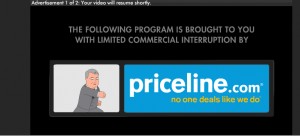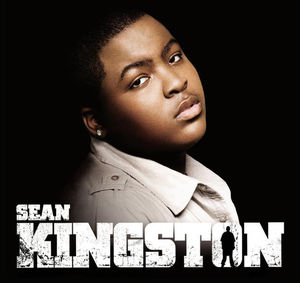In a time where technology can either really help you, or royally screw you over, you’ve got to cover your ass. Here are the three major do’s and don’ts in a high-profile affair.
1. Never Leave a Voicemail on Your Lover’s Phone
Audio can be manipulated, enhanced, and easily shared as .wav, mp3, mp4, .wma files (among countless others). Don’t fall into this trap! If you must leave a voicemail, make is a nondescript as possible. Maybe even disguise your voice. For an example of what NOT to do, check out Tiger Woods’ Voicemail to his Mistress.
2. Keep Your Text Messages Clean
Text messages can easily be tracked and verified whether they came from a particular phone or not. “Sexting” as the practice is now called, is the act of texting someone with sexually graphic content or relating to a sexual nature. Text messages are in writing, which means that they are even more easily transferred. If you must text…do it from a friend’s phone. For an example of what NOT to do, check out Tiger Woods’ Texts to his OTHER Mistress.
3. Don’t Get Caught in a Picture
If you’re going to do something shady…do it indoors. No cameras, no video cameras, no camera-phones. They say a picture is worth a thousand words…guaranteed, every one of those words will be harsh once the public gets hold of them. So please, avoid the incriminating photos, or at the very least, make sure you’re always in poor lighting. For an example of what NOT to do, check out Hugh Grant’s mugshot with the prostitute he was caught with, when he cheated on Elizabeth Hurley.
There you have it, folks. Of course, I don’t condone cheating–ever. But if you’re a celebrity and you just HAVE to do it, spare us the headlines and keep your endeavors covert.

